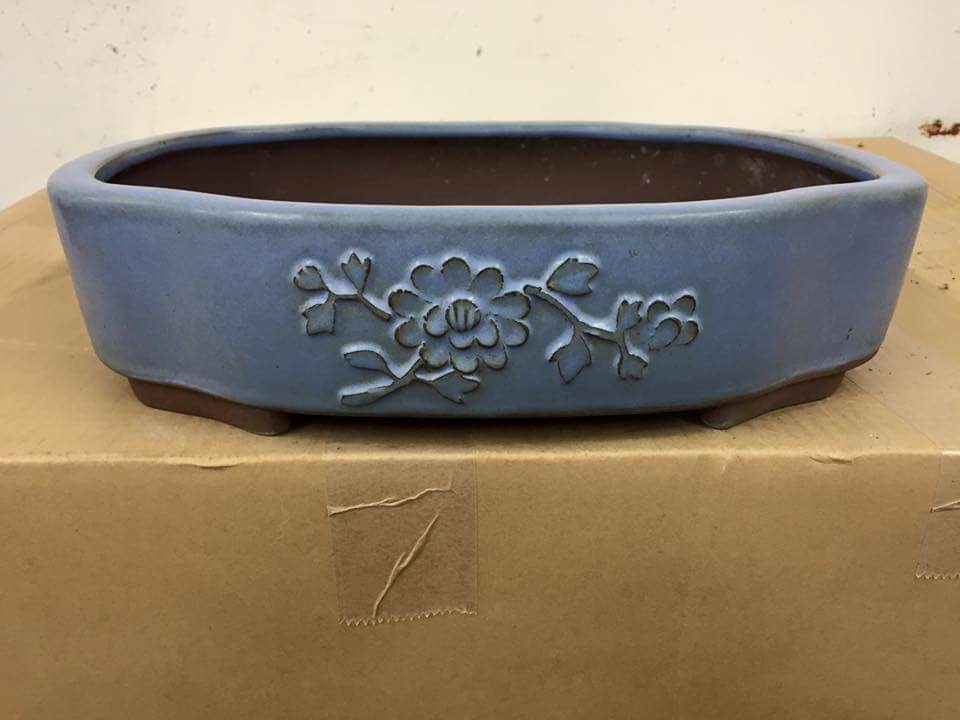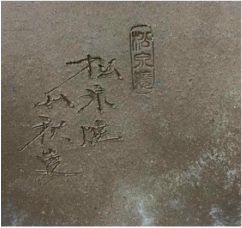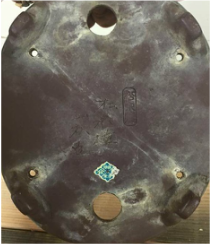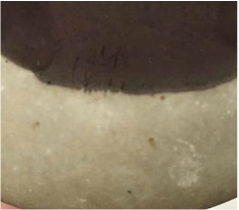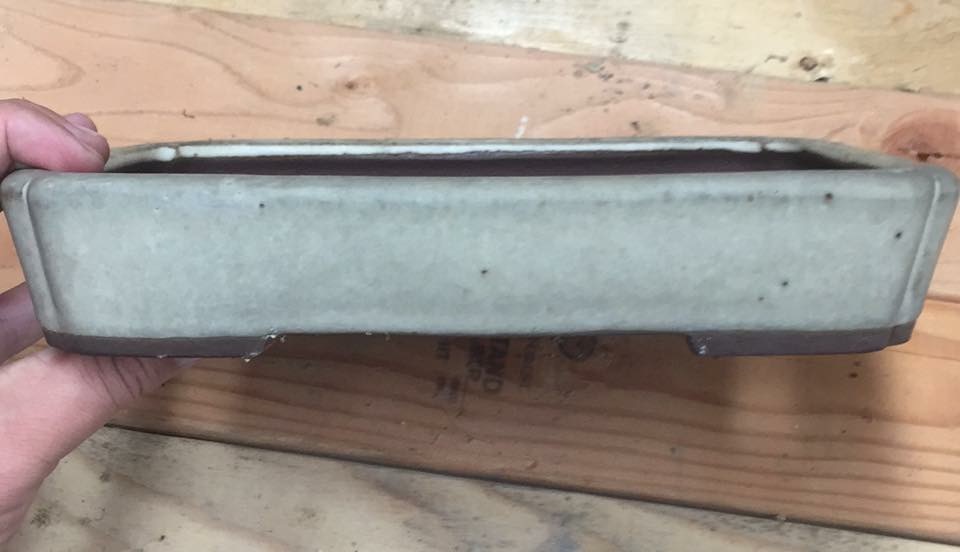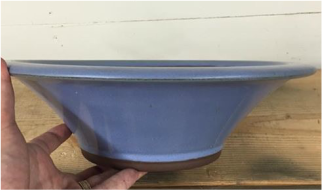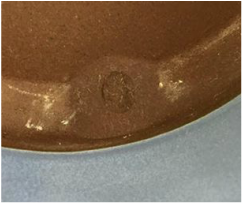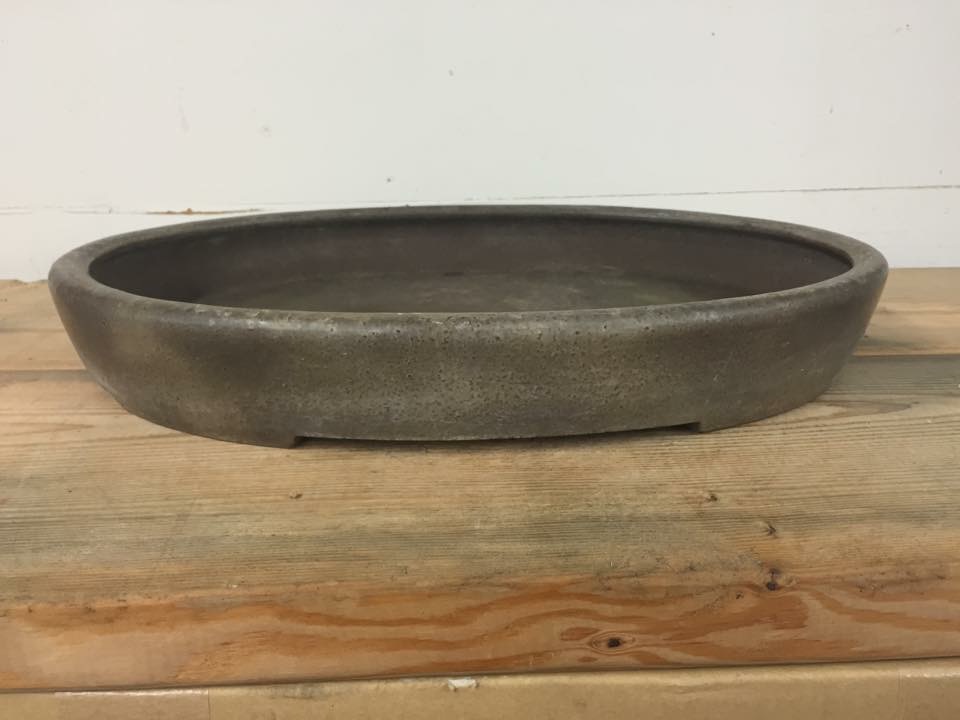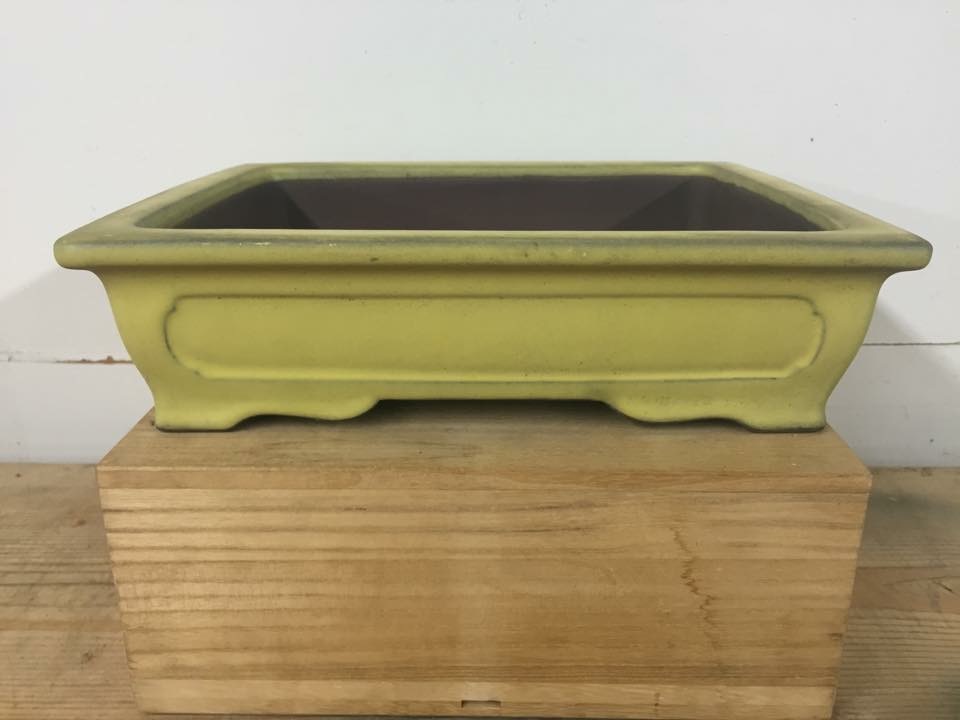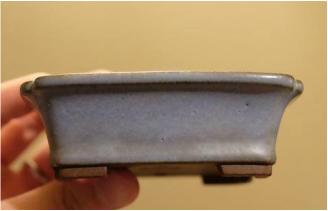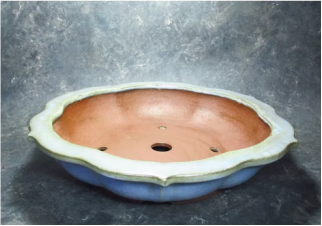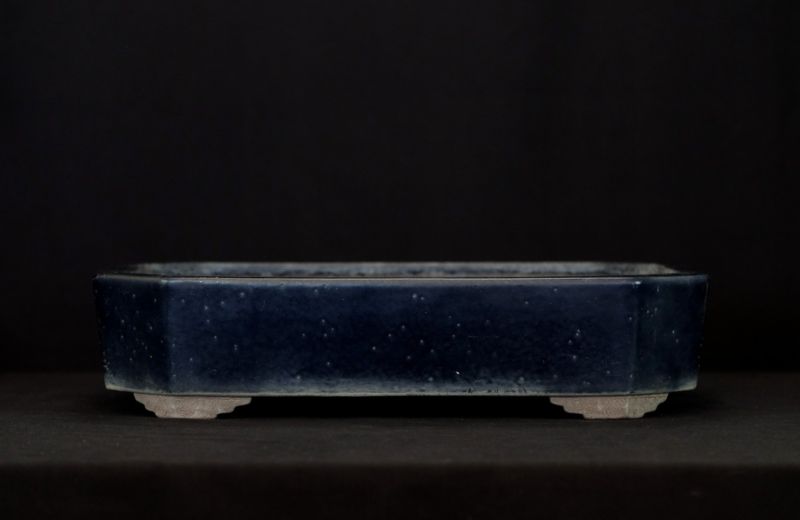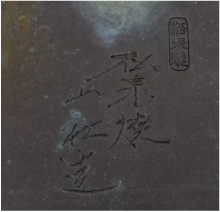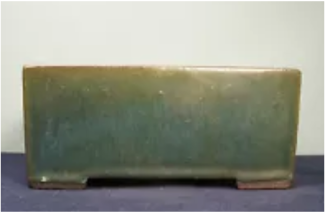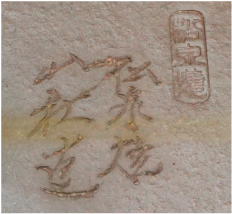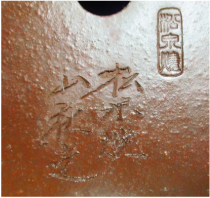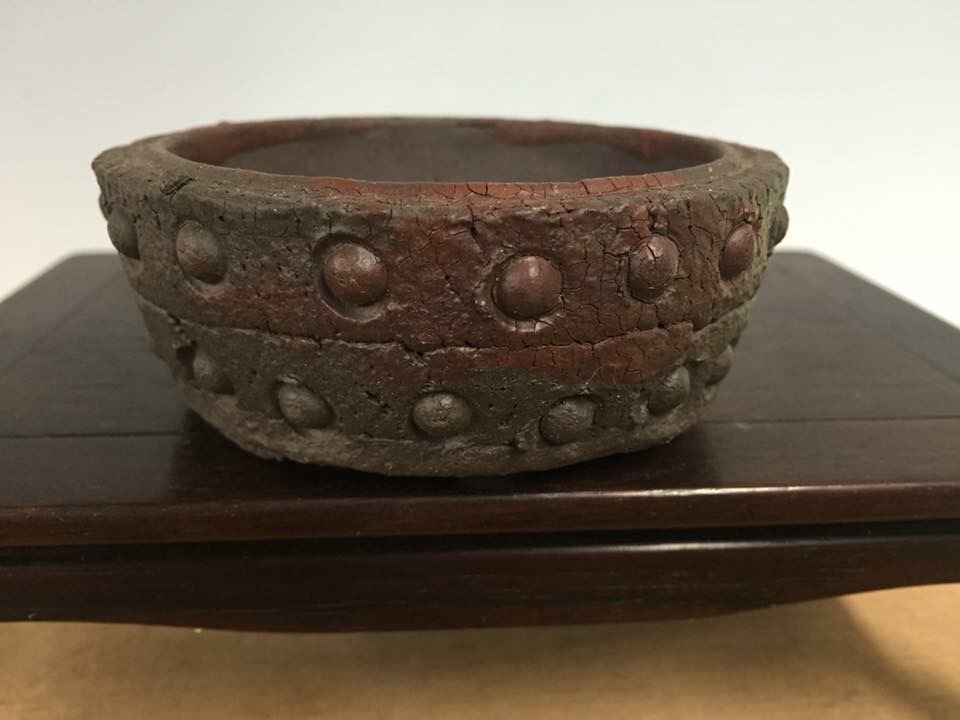Yamaaki - One of the Kataoka families.
The Yamaaki kiln was set up by Akitsuga Kataoka; Shosen (previously known as Jyuudo), who passed away in 1990.
Akitsuga was the first generation potter of the Yamaaki kiln. His pots are highly sought after and well revered, and can be over 50 years old.
His son Sadamitsu Kataoka; Koshosen, took over the running of the kiln next and is the second generation Yamaaki potter. His pots have incredible diversity and construction; quality and value are often greater than that of his father's.
The third and last generation of Yamaaki potter was Toshio Kataoka. He ran the kiln until its closing in 2011.
Each generation of potter has their own style and designs, but all Yamaaki pots are in general good quality and very useable pots.
Akitsuga was the first generation potter of the Yamaaki kiln. His pots are highly sought after and well revered, and can be over 50 years old.
His son Sadamitsu Kataoka; Koshosen, took over the running of the kiln next and is the second generation Yamaaki potter. His pots have incredible diversity and construction; quality and value are often greater than that of his father's.
The third and last generation of Yamaaki potter was Toshio Kataoka. He ran the kiln until its closing in 2011.
Each generation of potter has their own style and designs, but all Yamaaki pots are in general good quality and very useable pots.
Glazed pots. Please click here for Yamaaki Unglazed pots. (To be added)
D951 -A Larger oval with a kinyo glaze.
c. 45cm |
D958 -Large oval in a shiro glaze with raised flower motiff. 2nd gen.
c. 32cm. |
